There’s one thing common to all Indians – their love and pride for ISRO.
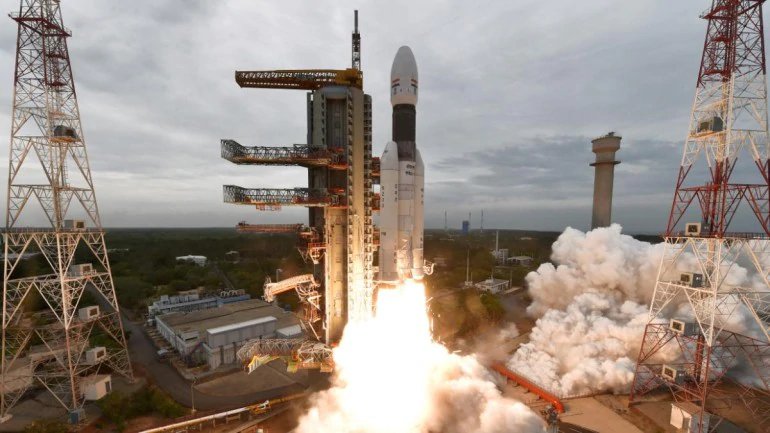
Back in the 60s, it wasn’t a cakewalk for a country like India to start its own space program. And how could it be? Because all long-lasting success stories have had their own share of struggles.
And ISRO as we know it today, had its own.
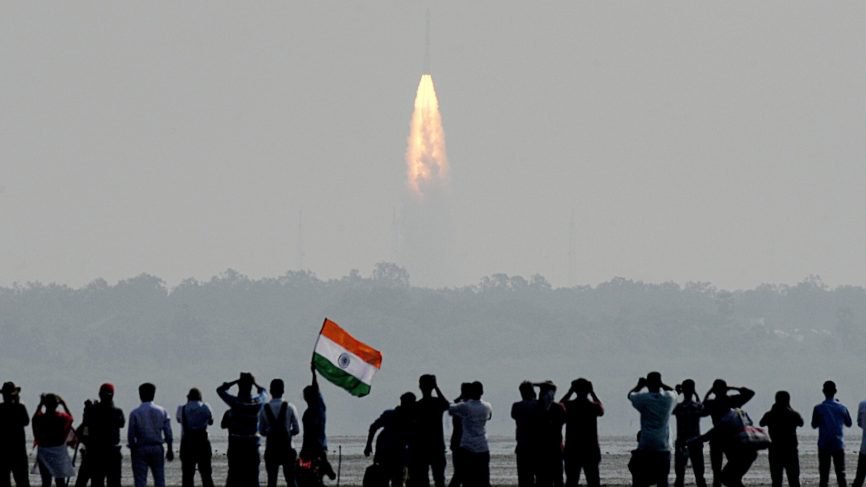
Thumba, the place in Kerala from where ISRO launched its first ever rocket in 1963, had no significance on the map of India before that.
It was just like any other fishing hamlet on the western coast of India stacked with boats and thatched huts amidst coconut plantations.
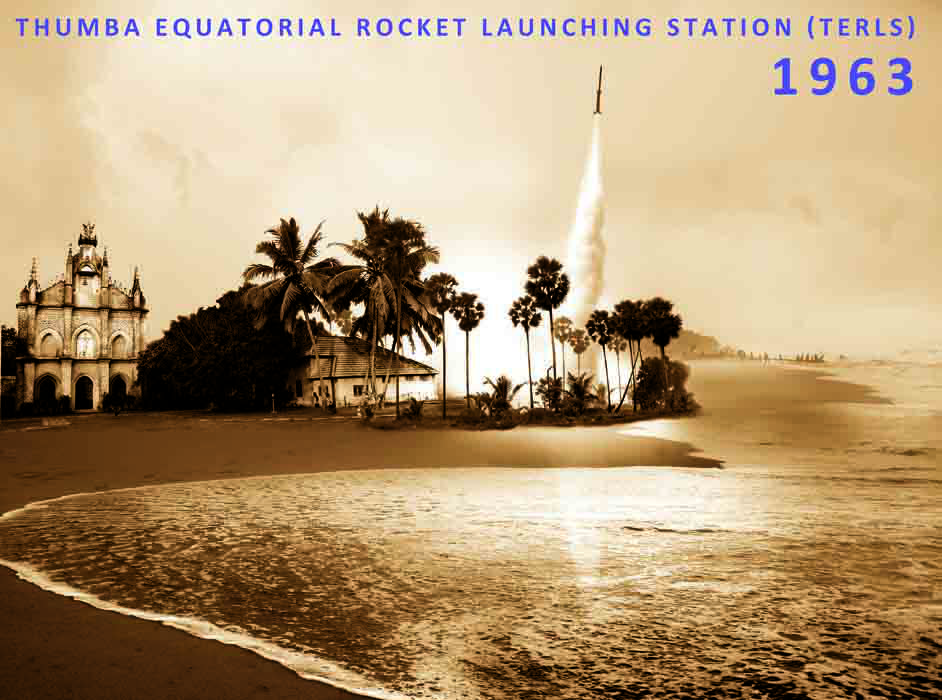
In the midst of this, there was a small church and the bishop’s house adjacent to it. It was in this humble setting that the soaring vision of India’s space program took shape.
But the location was exactly what ISRO needed. Thumba was very close to the magnetic equator of the Earth. It was chosen by Professor EV Chitnis, who left his job at the MIT, USA and came to India on the request of Vikram Sarabhai.
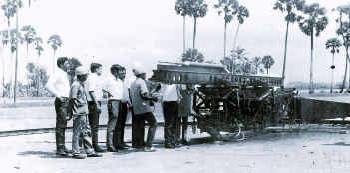
Vikram Sarabhai, the father of Indian space program met the bishop, Reverend Peter Bernard Pereira and convinced him to give the church over for space research.
So with the church as the control room, the bishop’s room as office and cow sheds as storage houses and laboratories, ISRO started its journey.
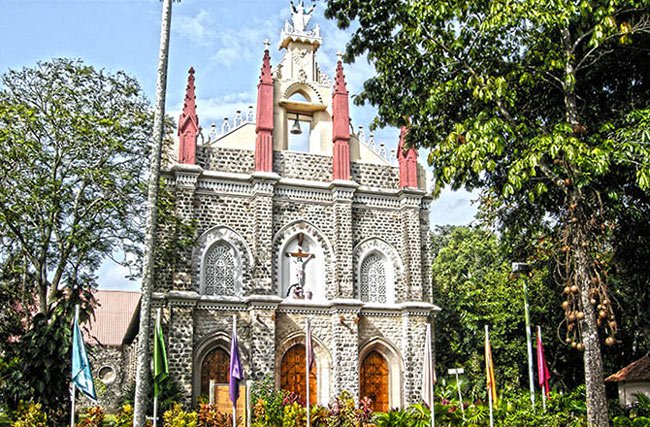
In his autobiography, Wings of Fire, Dr. APJ Abdul Kalam wrote:
The St. Mary Magdalene church housed the first office of the Thumba Space Centre. The prayer room was my first laboratory, the bishop’s room was my design and drawing office.
Equipped with basic office furniture which included a table and a chair, this was the room where Dr. Kalam plotted the path of India’s journey into space.
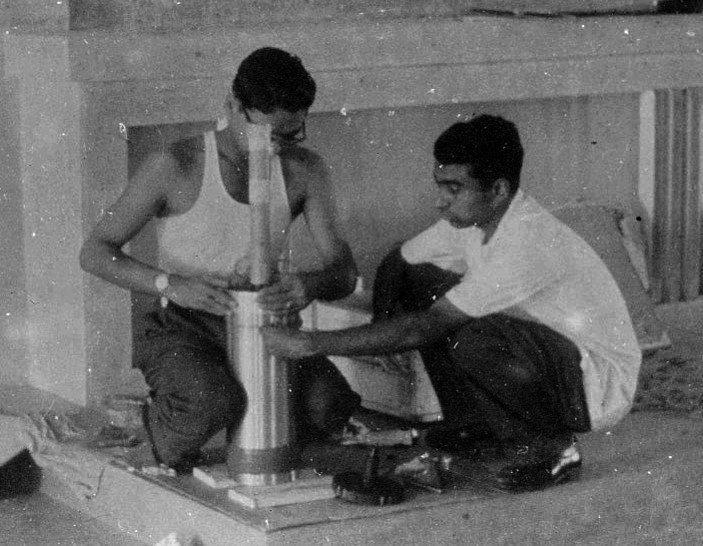
Meagre funding and lack of facilities were nothing in front of the determination of a bunch of few enthusiastic scientists. The first rocket launched by India was assembled in front of the altar in this church.
Back then, even rocket parts and payloads were transported by bullock carts and bicycles to the launch pad.
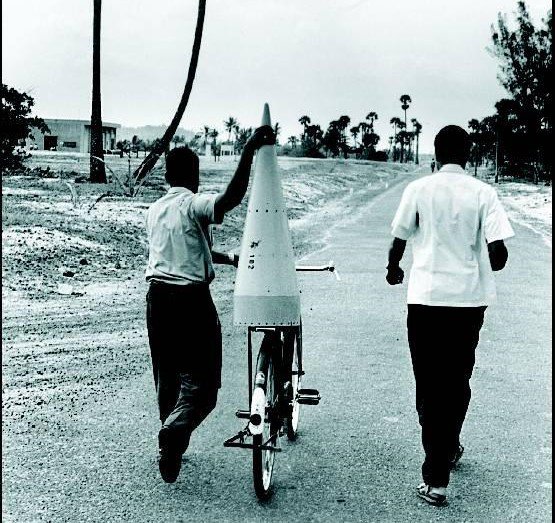
On 21st November 1963, India’s first rocket was launched from here. Dr. Kalam in his autobiography recalls the moment:
It was a sounding rocket, called Nike-Apache, made at NASA. The rocket was assembled in the church building.
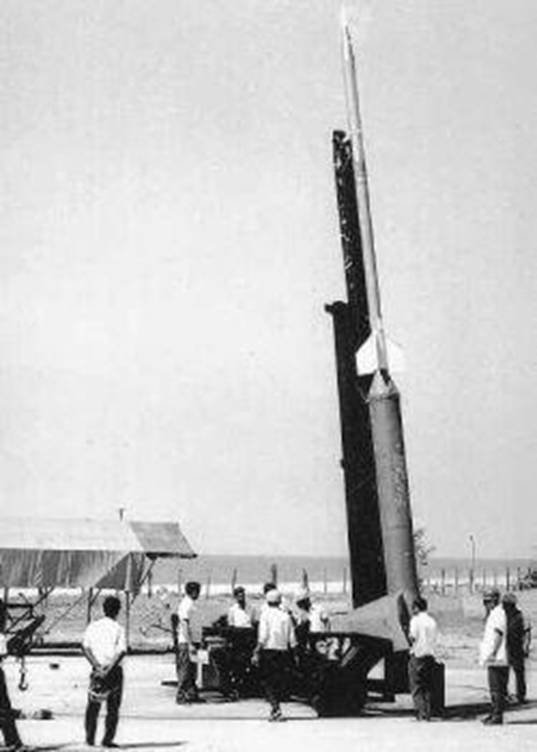
Vasant Gowarikar, former scientist and director of ISRO, who left his job at the Summerfield Research Station in the UK to work for India, once recalled how difficult it was to work at Thumba. He said:
I knew we had to start from scratch, but was not prepared for what I saw. We were all sitting in this church building, and adjacent to it there was a cowshed. I was then shown my lab. It was this cowshed.
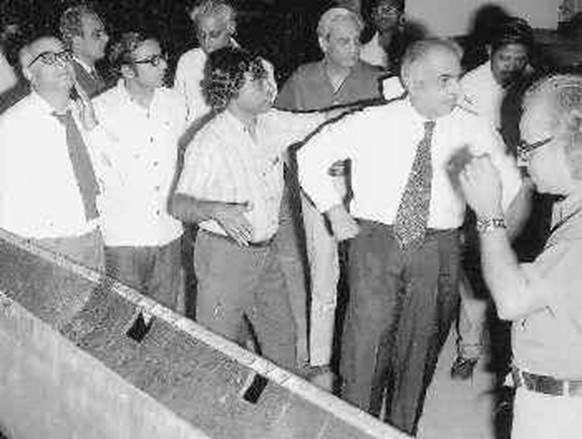
The church from where it all started is still preserved as it was. It now houses a modern space museum which attracts a lot of school children and many visitors.
Although ISRO was officially founded in 1972, this is how it existed before that. And we cannot be more proud of the scientists who did their best within the frugal resources available to them.
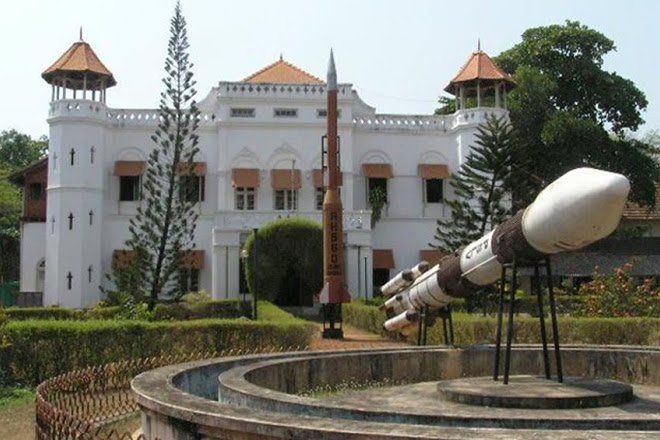
Starting from a budget of ₹100 million in 1972, ISRO’s annual budget has crossed ₹10,000 crore currently.
From borrowing technology from other nations, ISRO is now one of the few space organisations in the world to reach Mars and Moon with indigenous technology.
Starting from a small village in Kerala, ISRO is where it is today and will be in coming future – in the record books.

















